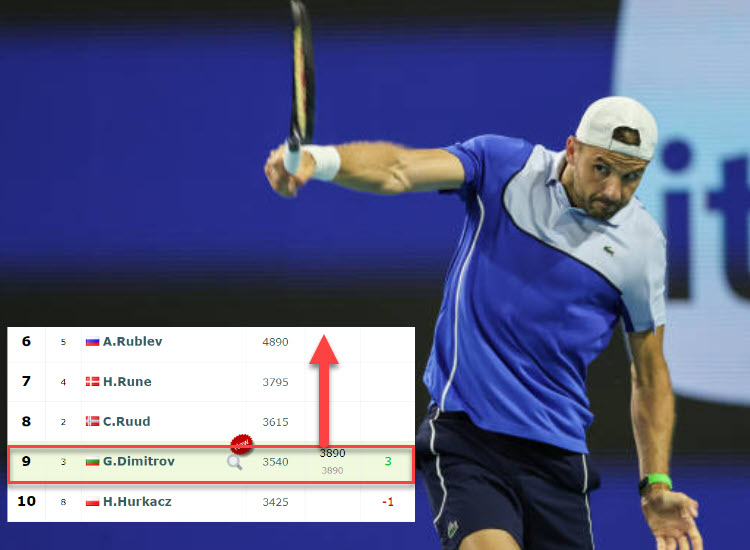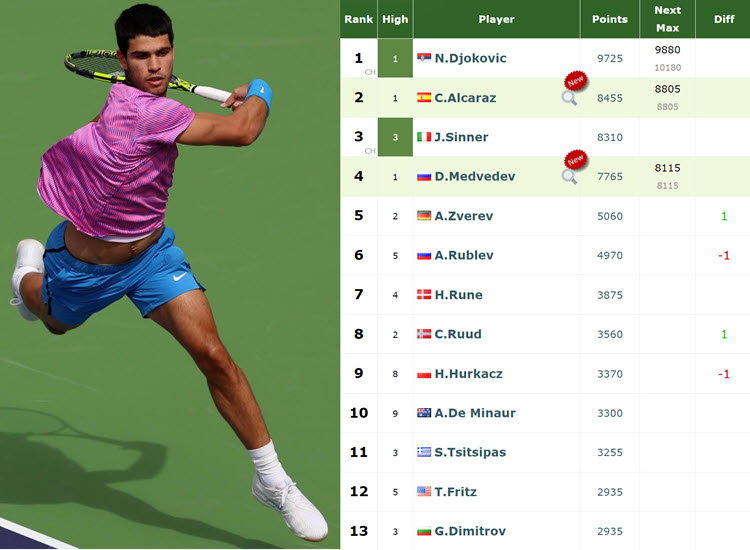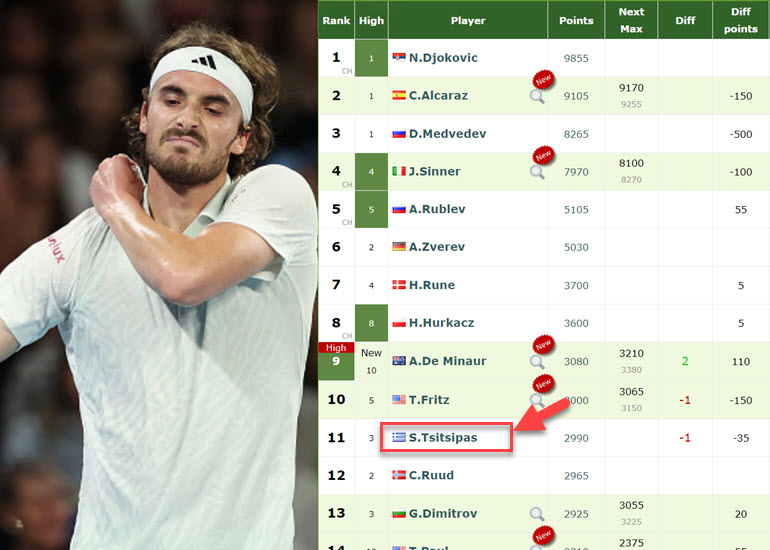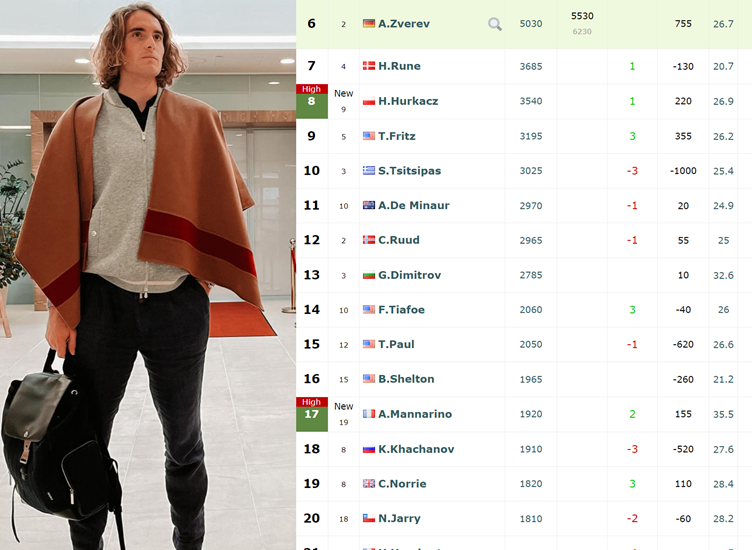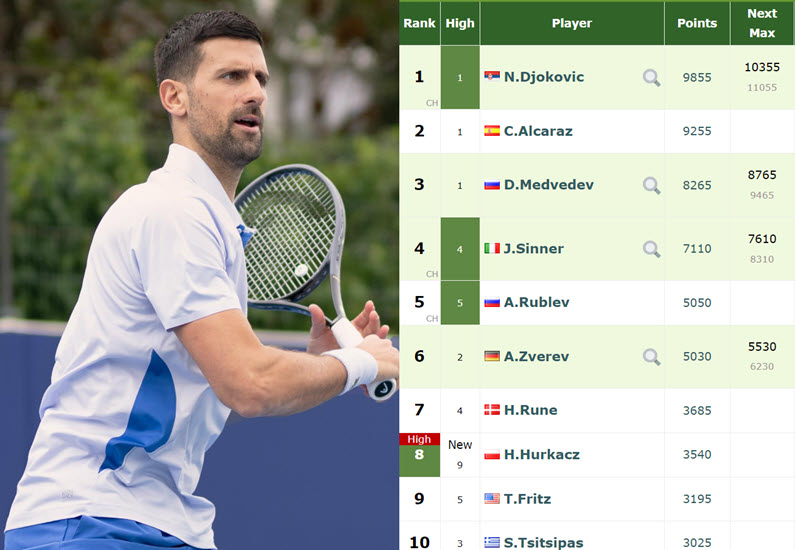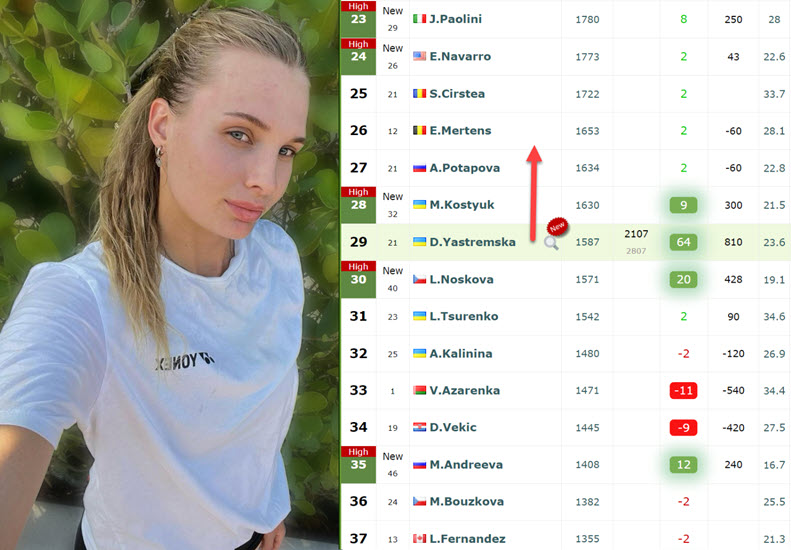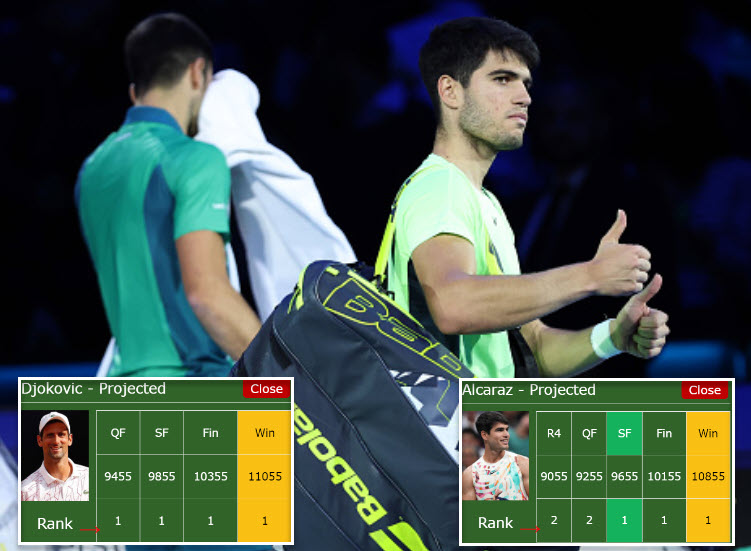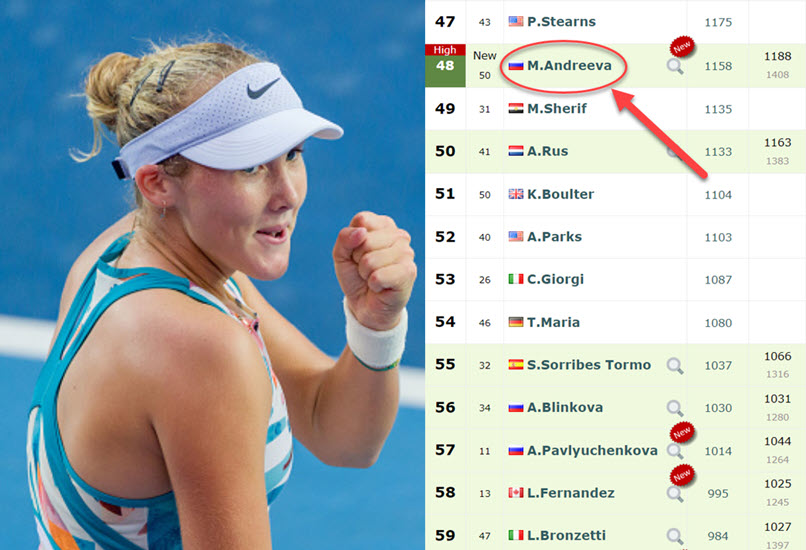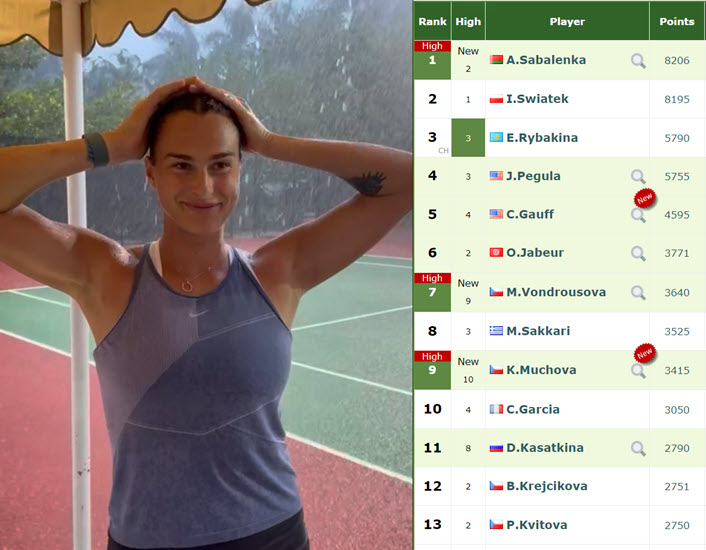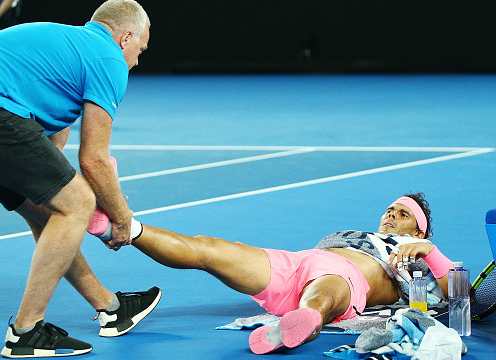
The main objective after every Tennis match or training session is recovery. The game is grueling even with rest intervals and may last for hours. Aside from recovery, you will also have to think about muscle development. Your physical growth may help you improve your game as you’ll be experiencing soreness on the muscles that were primarily used during the match. That means, their development will directly affect your progress in the game.
1. Listen to the Soreness
The day after the match, it is common for people to feel pain and soreness from the different parts of the body. It is important that you feel to know where the pain is coming from and its severity. The body is a piece of work, not only does it heal itself it also has an incredible feedback system telling you where there are repair works being done. If your hips or arms are feeling the brunt of the game it’s telling you either the muscles in those areas are not strong enough or there might be something wrong. The latter will need to be checked by a medical professional especially if the pain suddenly came during the match. If it’s the former then helping your muscles adapt to the rigors of the game will help it strengthen and develop. You can either add some “light” matches between your schedules or train that particular part to make it acclimated to the movements of the game.
2. Recover and Relieve Pain
Recovery is normally after a few days and the pain is part of the process and resolves itself without extraordinary measures. Managing the pain depends on your tolerance and coping measures. The pain relief experts from wtphemp.com say that CBDs that are engineered to be easily absorbed by the body will provide the best benefits especially in recovery and pain relief. You can couple this with the right diet and a soothing massage, your body will achieve optimum progress towards returning to your normal physical exercise.
Stretching and light exercises can help in recovery by actively removing toxins from the body and gradually returning the body to its resting state. You can bike or jog to keep the body moving and in a loose state. Make sure the intensity is low and you’re only doing 50% to 60% of your maximum heart rate. Do this for 15 to 20 minutes and stretch your body afterward.
3. Prevent injuries by catching them early on
As I mentioned above, listen to your body carefully, there can be signs that some part of your body is overused. The repetitive motion and stress will likely cause overuse injuries and will appear suddenly in the middle of the game or when you’re doing normal stuff. This means that your body is in need of total rest or rehabilitation. Don’t ignore the signs like pain severity, when it started, and how the pain triggered. If you can catch them while there are just mild injuries then you won’t have to stop playing permanently – that’s just unspeakable.
You can prevent injuries by having the right diet and doing the proper conditioning and stretching before and immediately after the match. Also, wear protective or support wear for parts of your muscles that haven’t fully recovered yet.
The soreness after a match will tell you a lot of things and knowing them will tell you how to manage them properly. After doing an initial self-assessment, give your body time to heal and if you can help it heal itself. What you do after each match is vital, it determines how your body is faring with the stress it undergoes during the match and how you can improve it.


